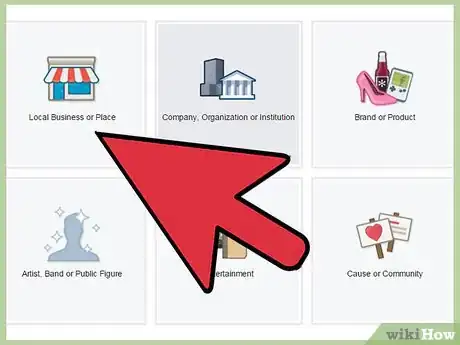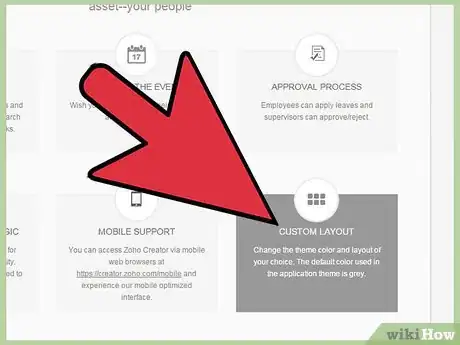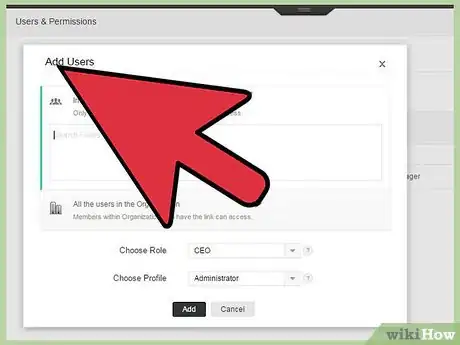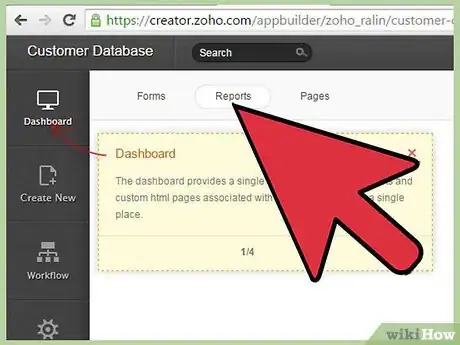wikiHow is a “wiki,” similar to Wikipedia, which means that many of our articles are co-written by multiple authors. To create this article, volunteer authors worked to edit and improve it over time.
The wikiHow Tech Team also followed the article's instructions and verified that they work.
This article has been viewed 189,013 times.
Learn more...
A customer database can eliminate a great deal of paperwork for a business, providing a single repository for valuable client information that can be used by sales teams, customer support personnel and even the accounting team. While it is possible to buy software products that provide basic formats for this type of database, customized databases can be created by keeping a few basics about form and function in mind.
Steps
-
1Purchase database creation software. Choose a product that is compatible with the word processing and other software tools used in the business. This will make it easier to import or export data from other sources, making it possible to avoid entering a large amount of data into the newly created database.
-
2Determine the type of information that will be housed in the customer database. Most designs will include information such as company name, mailing address, physical address, contact name, telephone and fax numbers, and email addresses. Additional data such as information on contract terms, pricing, and notes on pending tasks associated with each client are often included in the data captured and maintained in this type of electronic resource.Advertisement
-
3Consider the possible uses for the database. Along with providing a centralized resource to retrieve important data, think in terms of what types of reports could be created using the data, or if the database is intended for use as a resource in generating mailing labels, email lists, or even lists to use in fax broadcasting. Keeping this in mind will help in determining how to name each of the fields that will house data, and ease the process of creating report formats that pull from those fields.
-
4Organize the data fields. Create a simple template that follows a logical sequence when it comes to entering names, addresses, and other contact information. Doing so makes it easier to move from 1 field to the next with a minimum of interruption and complete the entry of a new customer record within a reasonable period of time.
-
5Set authorizations on each of the fields. This includes identifying which fields will be included on report formats as well as which can serve as the basis for sorting or searching the database entries. Assigning the right authorizations to each field will expedite retrieval of the right data when and as it is needed.
-
6Prepare report formats. A few basic formats that can be used frequently will often be sufficient, although key users can be granted the ability to create customized reports that include fields relevant to the user's job position and level of access to customer data.
-
7Establish login credentials and access rights. A workable customer database includes the ability to create login credentials that allow only authorized employees to access the information. Going further, assigning different levels of rights makes sure that each user is able to view, change and enter data relevant to his or her job responsibilities, but is not able to view other information that is of use to other personnel.
-
8Review and test the customer database before release. Try using the beta version with a small group of employees to make sure each of the functions work as envisioned. Use the findings of this test group to iron out any issues with performance, format and ease of use. Once all the issues are addressed and resolved, the final version can be rolled out to the entire company.
Community Q&A
-
QuestionCan this be used mobile by engineers on the road?
 Community AnswerIt depends on what kind of database you use. If you are using a MS Excel/MS Access database, yes, but keep in mind you will need to update all of the databases one by one manually. If you are using Zoho, you can use this on the go, but you will need some kind of mobile network to access Zoho, since it's a normal website.
Community AnswerIt depends on what kind of database you use. If you are using a MS Excel/MS Access database, yes, but keep in mind you will need to update all of the databases one by one manually. If you are using Zoho, you can use this on the go, but you will need some kind of mobile network to access Zoho, since it's a normal website.


































































